Joris-Karl Huysmans is a French writer of sublime singular refinement, the journey of an artist, a writer. He fascinates me with his conviction to reveal the complexity and immensity of his life, studies, pursuit of his path, authentic to his calling of discovery, rejecting the modern while divulging, entertaining the classics, educated proficiently by Jesuits, his life defining a personalized understanding. The things Huysmans fearlessly explores are near and dear to his being—brutal honesty and forthright detailing are means of expression. In ‘The First Decadent’, James Laver dissects Huysmans most critically acclaimed novel ‘A Rebours’, a strange novel revealing intellectual debauchery, discarded nobility drawn into self-imposed exile within an overwhelming solitary artistic decadence—nature rejected for the perversity of a wandering interior life while confined to a home obsessively designed and constructed into a trapping. Huysmans is a profound demonstration of planting a fruitful seed within the muck and the mire.
Huysmans indeed, in the Preface which he wrote for ‘A Rebours’, after his conversion, calls sadism the ‘bastard of Catholicism’. It ‘presupposes a religion to be violated. It consists above all in a sacrilegious practice, in a moral rebellion, in a spiritual debauch, in an aberration which is completely ideal, entirely Christian. … The power of sadism, the attraction which it offers, resides entirely in the prohibited pleasure of transferring to Satan the homage and the prayers which are due to God; it resides therefore in the non-observance of the Catholic precepts, or even in observing them in reverse (the key word à rebours), by committing, in order the more to spurn Christ, the sins He has expressly cursed: the pollution of the cult and the carnal orgy.’
This is surely to claim too much. Sadism and sacrilege are not necessarily the same thing, although they are closely allied; but the passage is interesting as showing that the germ of Là-bas was already present in A Rebours.
In addition to the engravings of Luyken, des Esseintes exhibited on his walls the lithograph by Bresdin called La Comédie de la Mort. Rodolphe Bresdin is not a name that is very well-known today, but there was a certain vogue for his work, at the time of the publication of A Rebours, in the circles with which Huysmans was in contact. He was an extraordinary character who was employed for a time as a railway-man and road-mender. When he was in Paris he lived in a dilapidated shack in the suburbs ‘surrounded by a collection of incongruous objects amongst which cats lay feeding their young and spiders spun their webs’. He had considerable skill as an etcher, ‘pulled his proofs by means of a shoe brush and some blacking and sold them for a few francs to second-hand dealers who passed them off as Rembrandts.’ He taught etching to Odilon Redon, one of whose early etchings is signed ‘pupil of Bresdin’. Huysmans may even have met him through Redon, or through Catulle Mendès, for whose Revue Fantaisiste, Bresdin made a series of etchings. Later he produced lithographs of which La Comédie de la Mort is the most ambitious.
It is easy to see why it appealed to des Esseintes with its fantastic foliage, its lowering clouds, its gesticulating skeletons. In detail it is fantastically minute, but there was no question of drawing from the model. The artist,’ said Bresdin, ‘should not even glance at Nature. He has everything within himself.’ This might have stood as a motto for des Esseintes; it shows how completely Huysmans had broken with Zolaism and the doctrine of the Impressionists, when he could prefer to Manet and his followers the works of men like Bresdin and Odilon Redon.
For des Esseintes hung Odilon Redon too, in the vestibule leading to his bedroom, and Redon, who was a considerable artist, paid no attention to the outside world at all but drew his strange forms, his evocative images, his monstrous flowers terminating in human faces, entirely from the world of dream. He takes his place today as a precursor of the Surrealists.
In the bedroom itself was a drawing by Théotocopuli, ‘a Christ of singular hue, exaggerated design and ferocious colour. It was a sinister picture, in tones of wax-yellow and cadaverous green.’ Huysmans’ reference to it is half-apologetic, but it is interesting to see him anticipating, if he did not foresee, the now universal passion for El Greco. What he was seeking, of course, in all these pictures was an excitation of his sensibility, one might almost say a sharpening of his neurosis.
It is impossible to follow des Esseintes in all his researches. There is a chapter on flowers, there is a discussion of the effects of perfumes. He is tempted to start on a journey to England, but after a single visit to an English tavern in the Rue de Rivoli, decides not to risk losing by actually visiting the country, the ‘imperishable sensations’ procured by a meal of oxtail soup, haddock, beefsteak, Stilton, and rhubarb tart. Then, as if exhausted by this unwonted effort, he returns to his books.
……………He praises Barbey for his violent oscillations between mysticism and sadism, and declares that this book alone among the works of ‘contemporary apostolic literature (the phrase is Huysmans’ own), is the perfect witness of that state of mind, at once devout and impious, towards which his memories of Catholicism, stimulated by his neurosis, had often driven des Esseintes’.
He had an almost equal admiration for the writings of Villiers de l’Isle-Adam, and he embarks on a long discussion of his short stories which recall, on the one hand, the ‘mystifications’ of Edgar Allan Poe and, on the other, the cold and ferocious irony of Swift. In this there was much to chime with Huysmans’ own predilection, but perhaps he did not realise completely at the time what it was in Villiers which attracted him so much.
…………
As may well be imagined, A Rebours was a literary sensation of the first magnitude. Nothing quite like it had ever appeared before, and the public hardly knew what to make of it. Huysmans wrote to Zola: ‘I have trodden on everybody’s corns. The Catholics are exasperated: the others accuse me of being a clerical in disguise, the Romantics are offended by the attacks on Hugo, on Gautier, on Leconte de Lisle; the Naturalistes by the book’s hatred of the moderns.’
Zola himself was not very pleased. He saw that his young disciple was no longer of his company; he had gone off in another direction altogether.
‘The First Decadent: Joris-Karl Huysmans’ written by James Laver
The closing passage of ‘A Rebours’: “Ah! courage fails me; I feel sick. Lord, have pity on the Christian who doubts, on the sceptic who would believe, on the prisoner of life who sets out alone, into the night, under a sky no longer lighted by the consoling lamps of the ancient hope.”
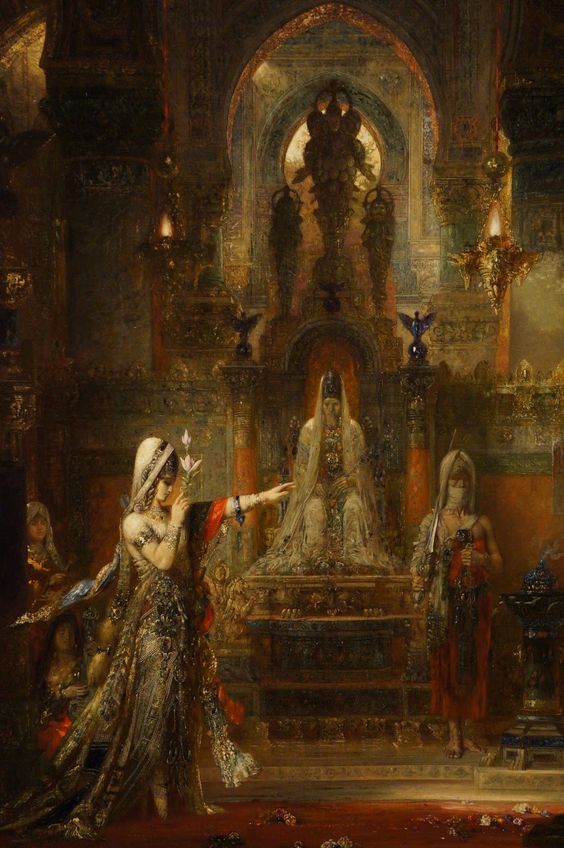
Gustav Moreau ‘Salome Dancing Before Herod

Odiln Redon ‘The Cyclops’
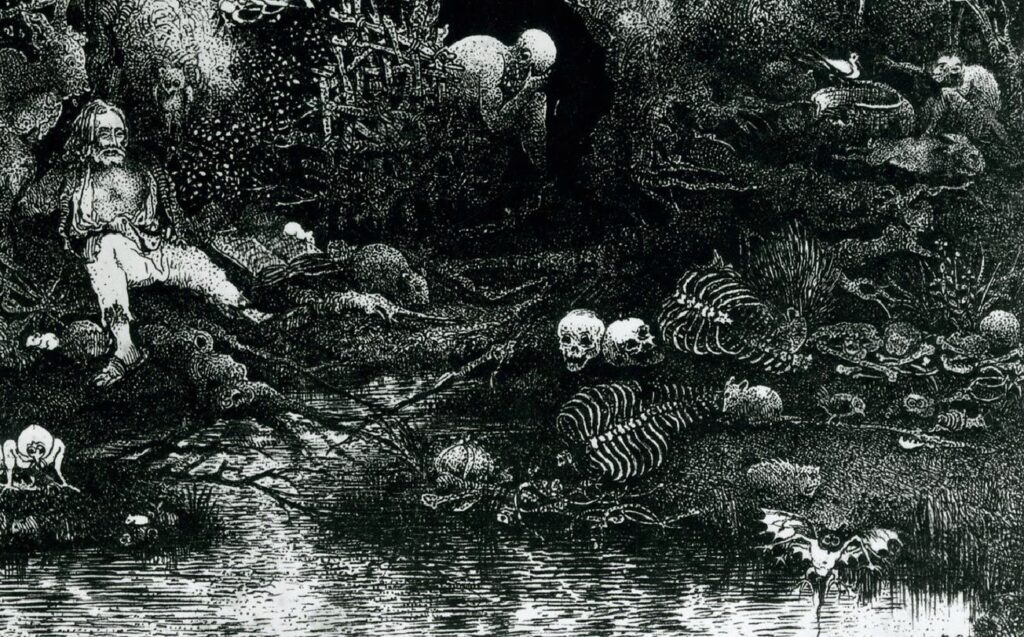
Rodolphe Bresdin ‘la Comedia de la morte’
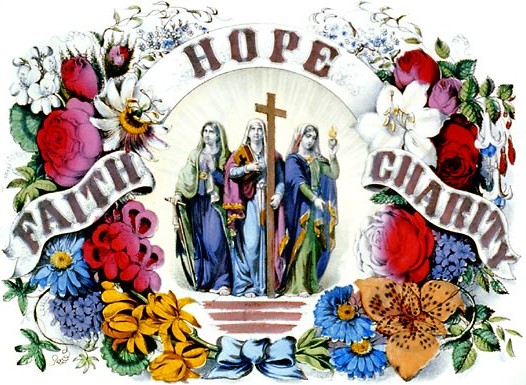

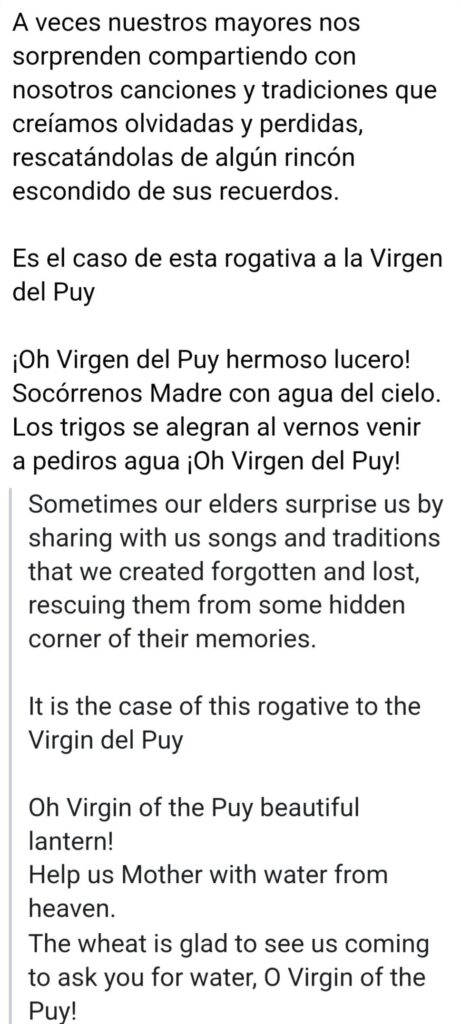
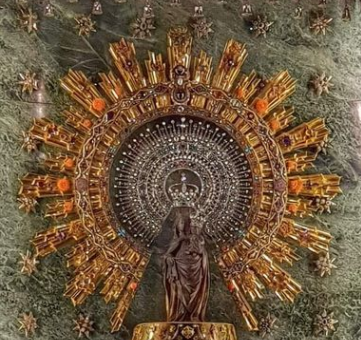
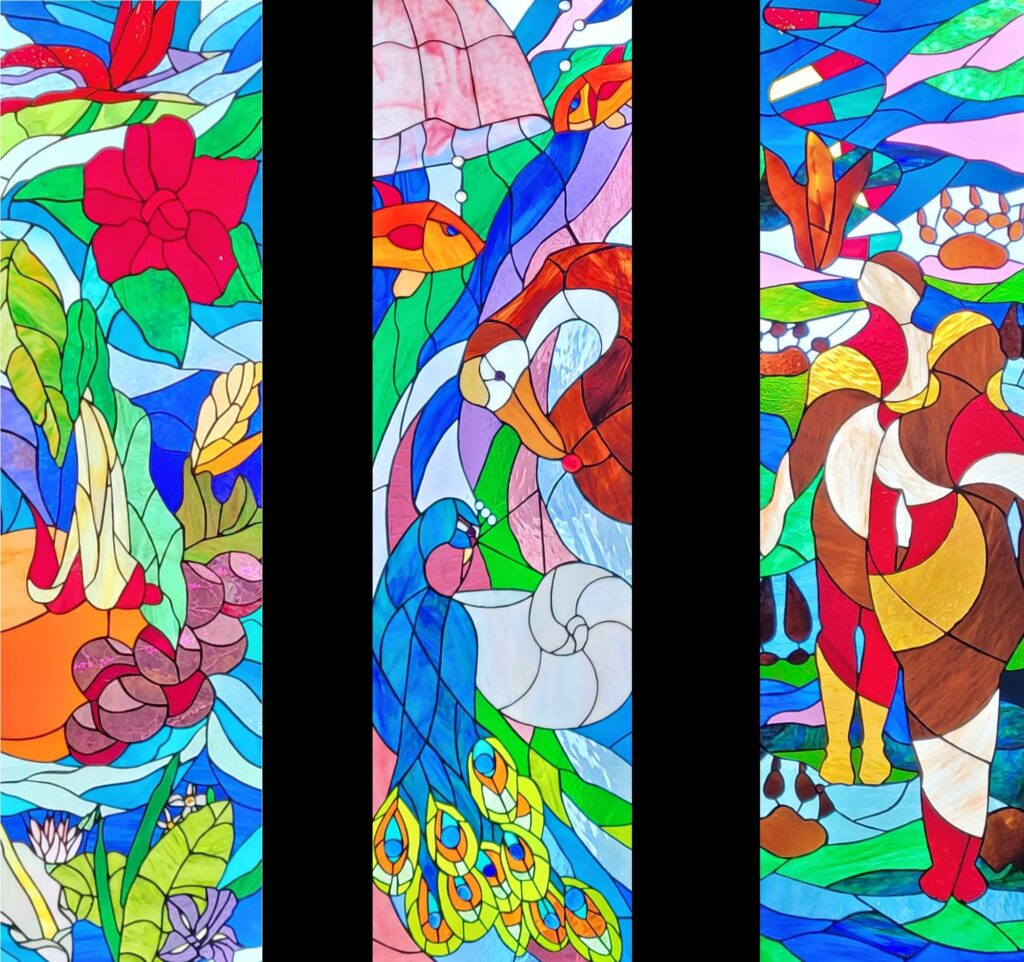
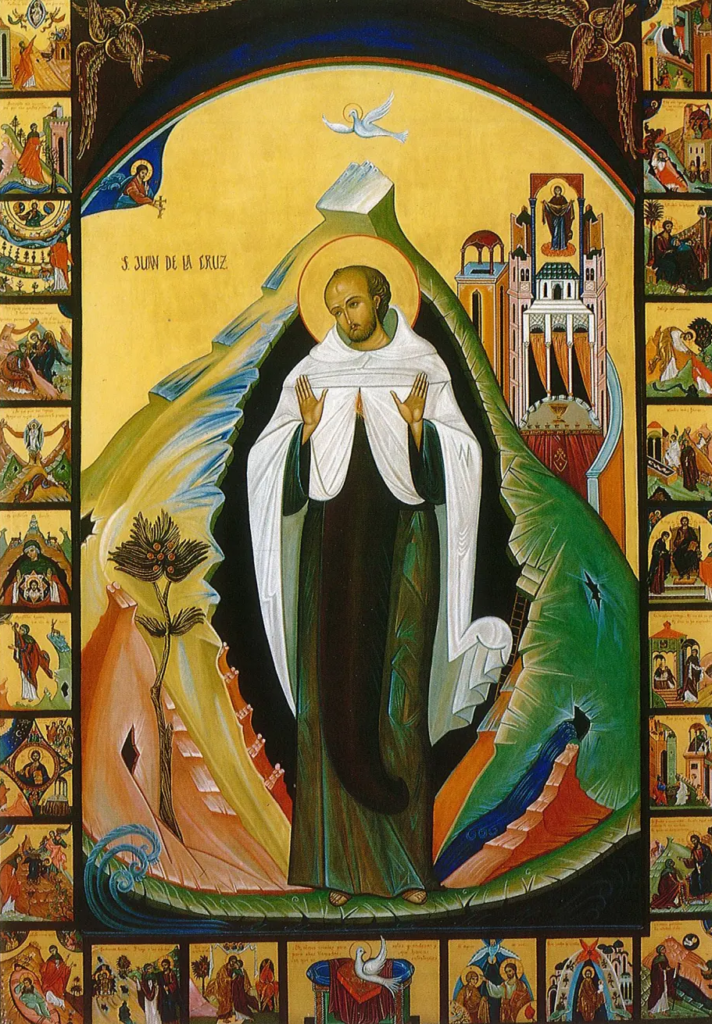
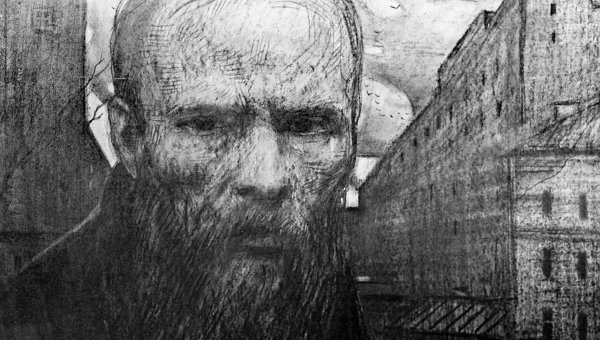
Recent Comments